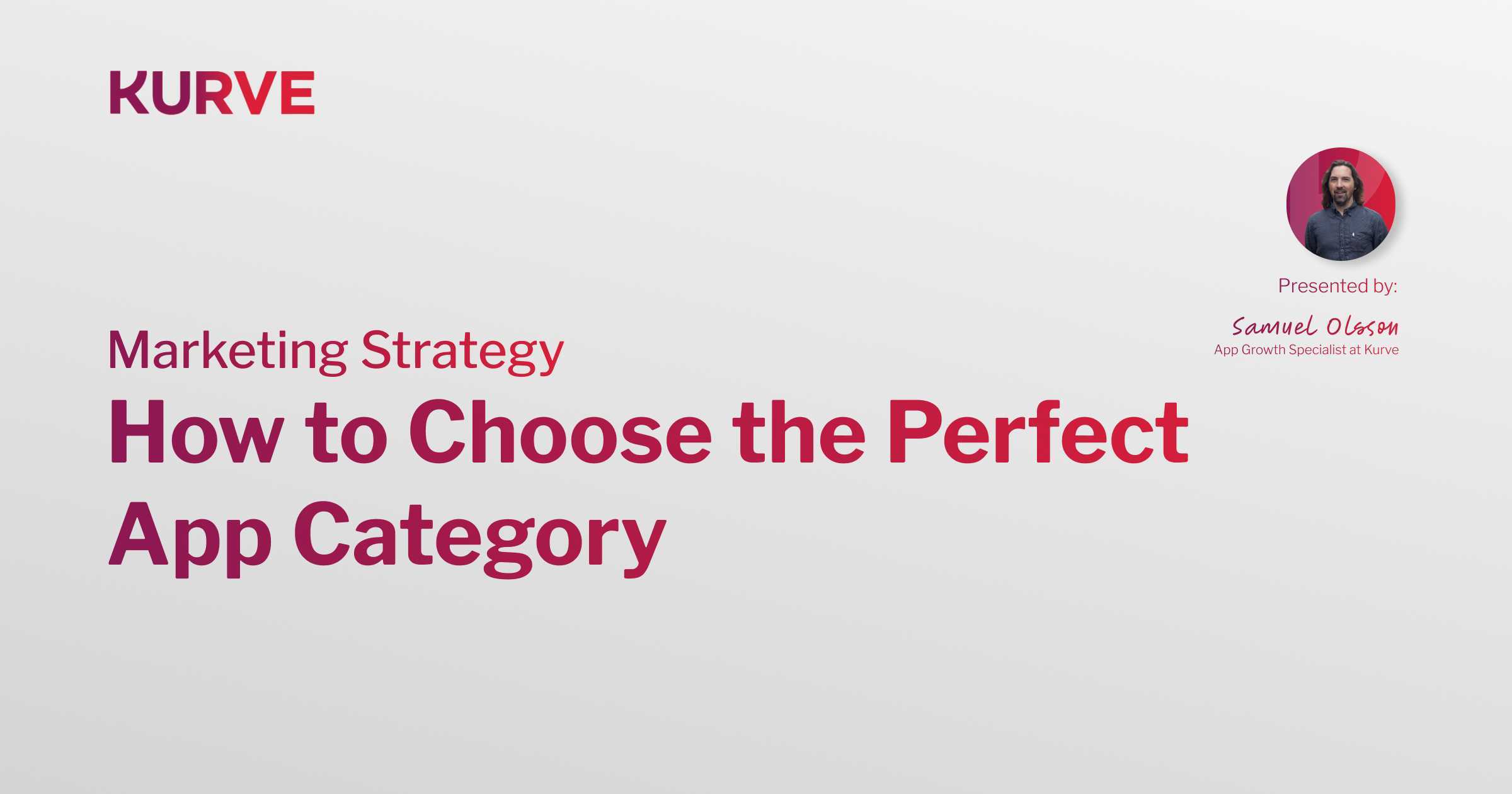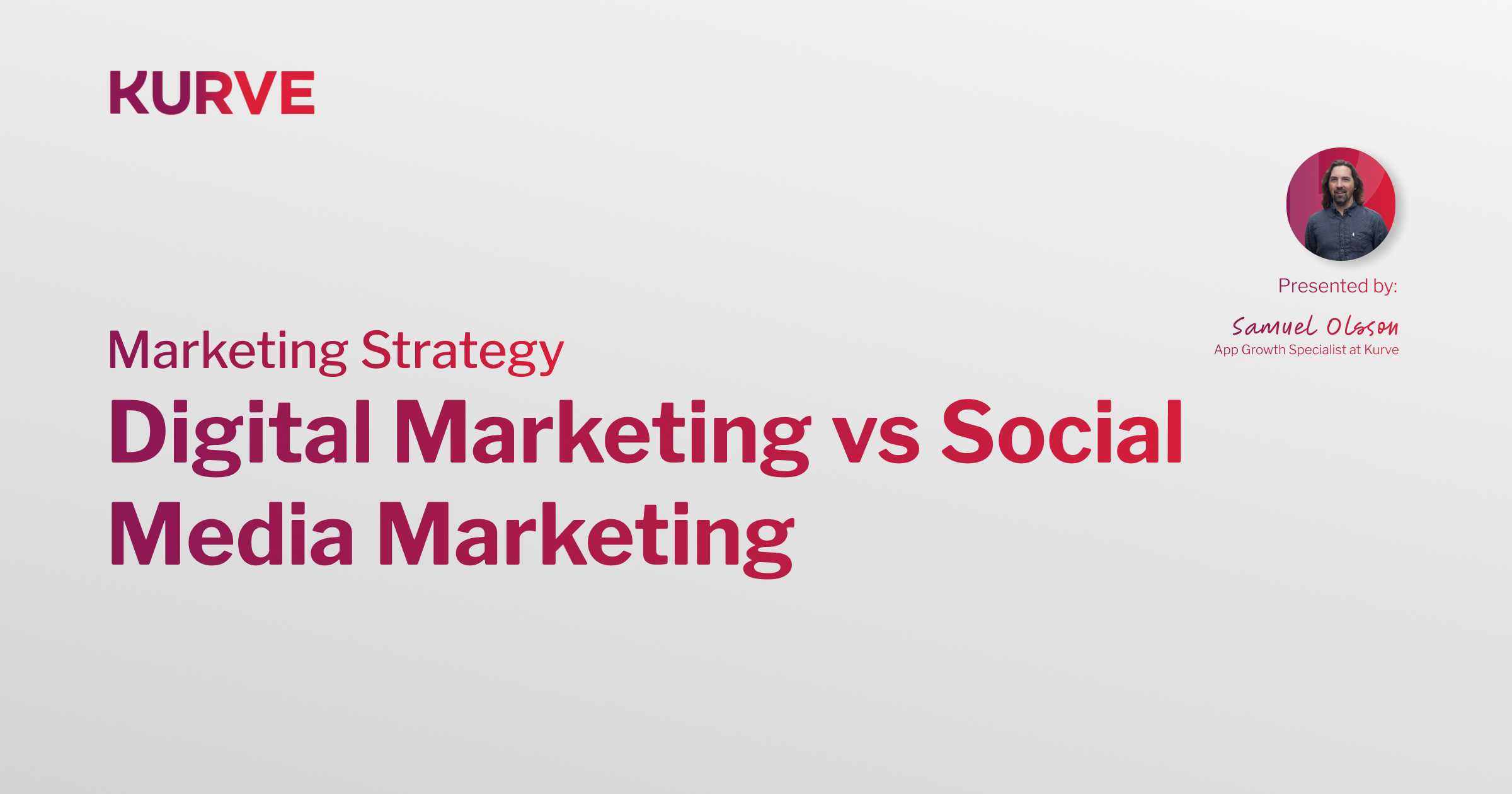How to Think About Product & Service Positioning: 6 Key Considerations
In recent months, I’ve been delving into positioning more and more. As an on-demand CMO, I tend to get pulled in multiple directions — between strategic and tactical tasks, and between commercial and operational focus. I offer a service which is complex and evolving, not cut-and-dry — and my clients come from various sources. This makes service positioning tricky.
After reflecting on this positioning problem, I gathered six key things to keep in mind:
1. Business strategy and vision is the foundation for your positioning
Positioning is a subset of sales and marketing, which is (or should be) directly related to your growth vision and business strategy. Put simply: positioning doesn’t occur in a vacuum. It must align with everything above and beyond it. So, effective positioning demands internal clarity.
To position yourself effectively in a competitive space, you first need a clear understanding of:
- What you are (or who you are)
- How you do things, and why that’s different or unique
- Who are your primary and secondary audiences
- Why you do what you do
- Where you want to go in the end
Without deep self-reflection to understand all of these five factors, you’ll be building your positioning statements on sand. You’ll end up relying too much on fickle targeting, vacuous messaging, and superficial imagery — rather than securing a position that really makes sense.
2. Positioning is intrinsically connected to the problems you solve
Many people think about “positioning” as if it’s just pie-in-the-sky stuff — floaty brand terminology that gets used by consultants and agencies to justify their high fees.
But it’s more utilitarian, and more real, than that.
At its heart, your positioning should be based on the problems your product or service solves, related to the audience you’re solving them for. First and foremost, it’s about highlighting the pain points that you alleviate — arguably more than it’s about brand affiliation, loyalty, or company values.
By zooming in on the basics of how you fix people’s problems, you develop a better understanding of your true value to customers. And this helps you determine your position within the market, and shows how you can continue to differentiate versus competitors.
3. Differentiation is the primary goal of positioning
You can’t escape the competitive context of positioning. These days, it’s not cool to focus on what everyone else is doing, but the fact is: your prospects have a lot of choice. So, you need to figure out what’s different about your value proposition, and leverage that to drive growth.
When Tropicana did a rebrand in 2009, they lost $20 million in sales. The reason why this happened is because in “modernising” their visual identity, they actually blended themselves into all the other juices in the fridge. They were too focused on what they were, and forgot to see themselves in the context of all the other products surrounding theirs.
Superhuman is a great example of differentiation. The world of email is saturated, right? True, but by focusing on SPEED, Superhuman differentiates itself from other email clients and carves its own position in the market. “Blazingly fast” is a compelling and unique message.
4. Branding and visual identity still matters, but it’s not everything
This is what many people think positioning is. Identity and brand. While it is part of the puzzle, it also needs to be seen in a big-picture context. There are two extremes here:
- Ignoring its importance completely: Because branding and positioning involves much more than visual identity, some companies ignore it. This means their message gets lost in poor-quality design and irrelevant visual cues. Buyers get turned off.
- Investing in style over substance: On the other hand, I’ve seen lots of early-stage businesses over-invest in branding and visual identity, before they’ve sured-up the deeper elements of their positioning and value proposition. This is dangerous.
The extent to which early-stage visual identity matters depends on your market. For example, simple design, tidy graphics, and high-quality stock won’t destroy your chances in the B2B SaaS world — but if you’re selling custom sunglasses to extreme sports fans, image matters more.
I always recommend early-stage businesses take a balanced approach which is specific to their situation, rather than overspending because they want to keep up with the Joneses.
5. You can learn a lot from performance marketing campaigns
Performance marketing campaigns reveal a lot about which messages, tones, angles, and offers resonate best with specific audiences. These insights can be applied to more than just optimising campaigns for better results. They can also be useful to your positioning.
The most important piece of advice here is simply to stay alert to what your paid social and PPC campaigns are telling you. If a specific ad is generating more conversions than another, what about the targeting and the creatives sets it apart from others? And further down the line, do these customers stick around longer than others? These are important questions to answer.
6. Consistency is essential, especially in the B2B world
In B2B, particularly when you’re running a service business, your network and your relationships are often a big driver of growth. And this network perceives your solution in a given context. If you change that context too often and too dramatically, they’ll begin to lose trust.
Would you trust an electrician who becomes a gardener, but then suddenly starts being a chef? And what if they offer to do brain surgery on your pet hamster? If you said yes, you’re a lot more trusting than I am. As you’re figuring out your positioning over time, keep this in mind.
Final thoughts…
The most important thing to remember is that positioning is part of a much broader story. Early-stage businesses should develop their positioning through ongoing customer development and marketing validation – and keep in mind the competitive context for buyers.
Your positioning is defined by your value proposition (i.e. how you solve problems), your vision and mission, and your brand identity. These things should be shaped continuously, but cautiously, as you learn more about what resonates with your audience.
This article is based on one of my LinkedIn statuses. If you connect with me over there, you’ll get regular growth marketing insights like these in your feed.

Oren Greenberg has a proven track record for growing startups and scaleups as a strategic on-demand CMO. To speak to Oren about what you can achieve with Kurve as a growth marketing partner, get in touch today.


